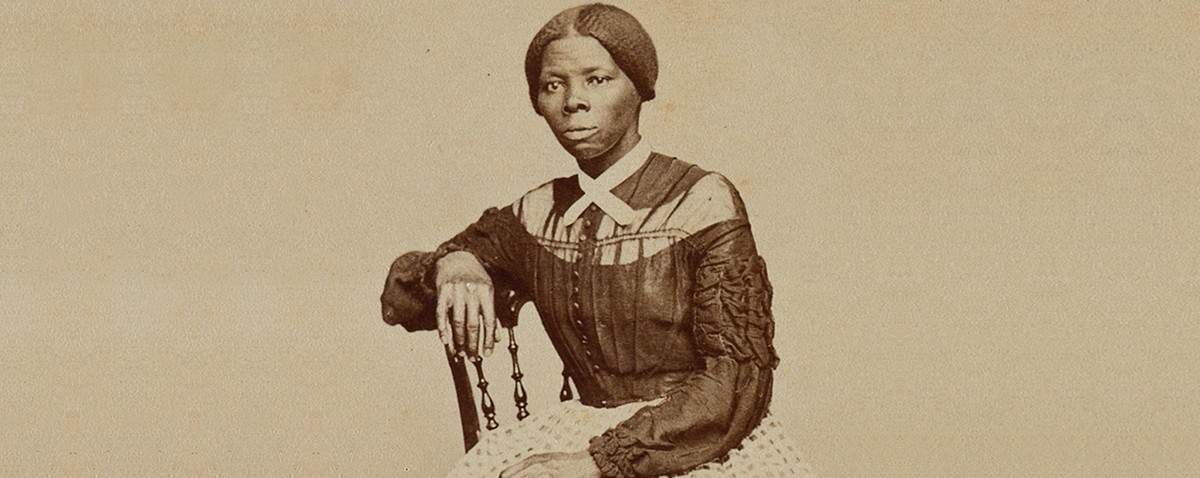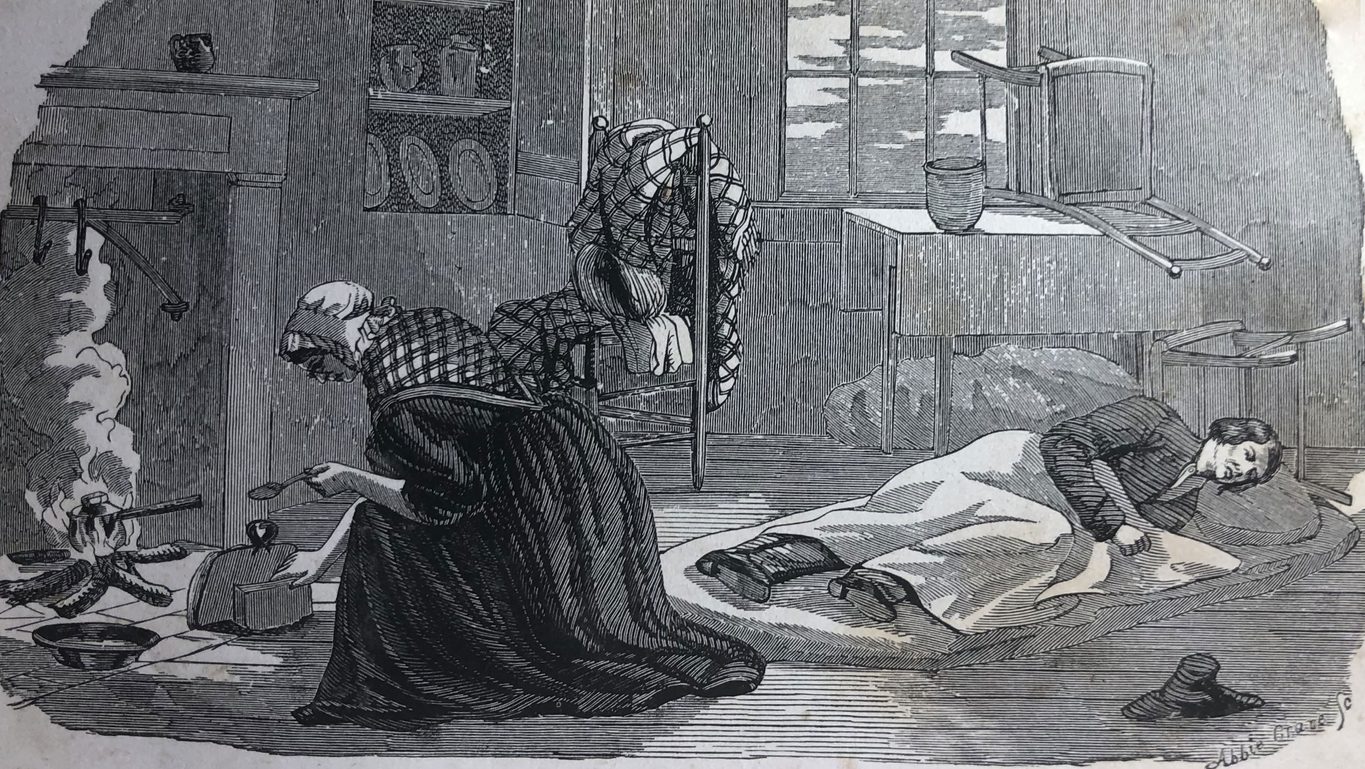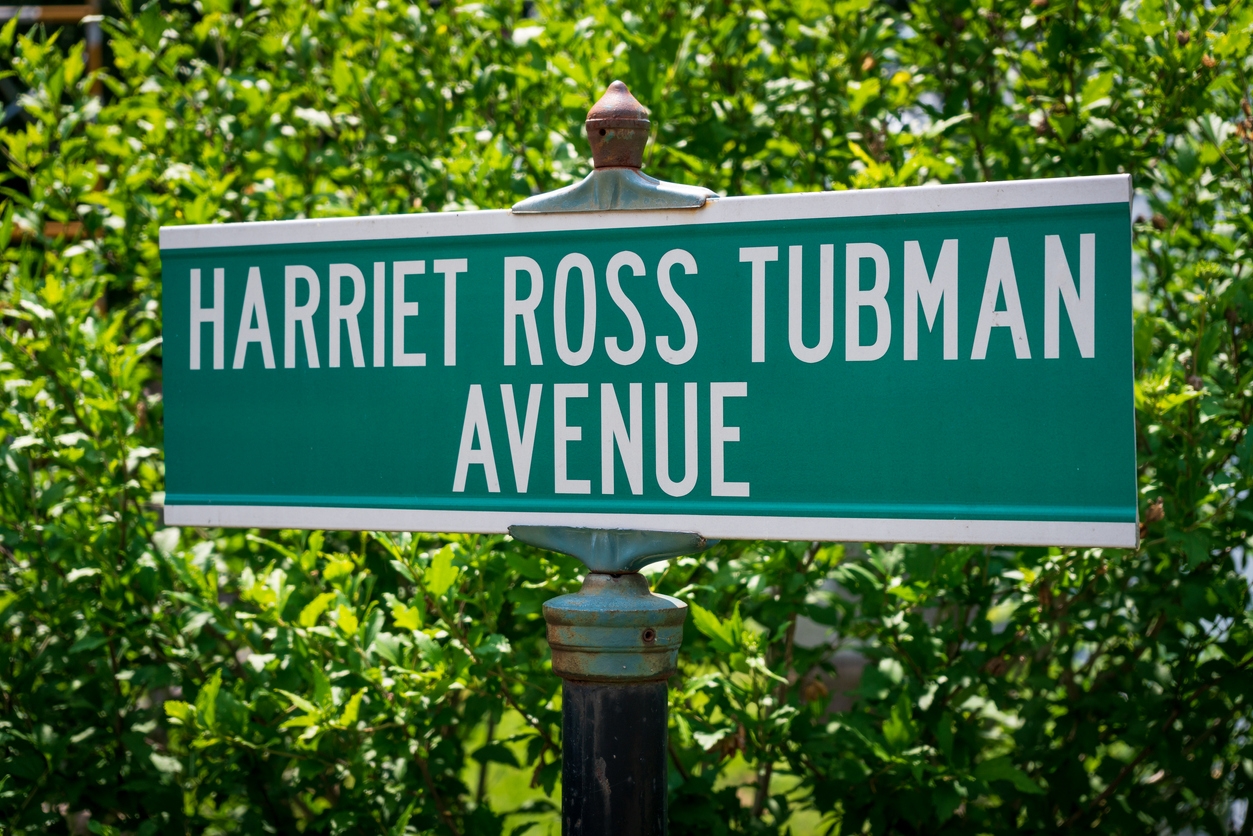Table of Contents
Harriet Tubman was acknowledged as the “Moses” of her people. She was enslaved, had escaped, and helped others gain their freedom as a conductor of the Underground Railroad. In addition to that, during the Civil War, she also served as a scout, spy, guerilla soldier, and nurse for the Union Army. With this, she was considered the first American woman to serve in the military.[1] She was among the most recognized icons in American history, inspiring countless people from every race and background with her legacy.[2] If you are looking into learning more about her life and the things that she has done, you’re in the right place. In this post, we are giving you the timeline for the life of Harriet Tubman.
Harriet Tubman’s Early Life and Family
Harriet Tubman’s exact date of birth is unknown, but based on historians, it probably occurred between 1820 and 1825. She was among the nine children who were born between 1808 and 1832 to enslaved parents on a plantation in Dorchester County, Maryland.[4] Her parents were Harriet “Rit” Green and Benjamin Ross. She was named Araminta Ross when she was born and called her “Minty.” [2] She changed her name to Harriet around the time of her marriage to honor her mother.[4]
By the age of five, her owners rented her out to neighbors as a domestic servant. When she turned twelve, early signs of her resistance to slavery and its abuses came. One of these was when she interfered to keep her master from whipping a slave who was caught escaping. She was hit with a two-pound weight on the head, which left her with a lifetime of severe headaches and narcolepsy.[1] For Harriet and her family, physical violence was a part of daily life. The boundary between freedom and slavery was hazy for her and her family.
At the age of 45, Harriet’s father was freed from slavery, as stipulated in the will of a previous owner. However, Benjamin had few options but to continue working as a timber estimator and foreman for his previous owners. Even though there were similar manumission terms applied to Rit and her children, their owner chose not to free them. Despite Ben’s free status, he had little power to challenge their decision.[4]
Harriet’s First Marriage
In 1844, even though slaves were not allowed to marry, Harriet married John Tubman, a free African American. She took his name and also changed hers to Harriet in honor of her mother.[1] However, even though Harriet married a free man, she still remained a slave. Little is known about how they met, but back then, it was not unusual for a free and enslaved couple to be married. In fact, about half of the African American population on the Eastern Shore of Maryland was free at the time.[3]
Not much is known about John or his marriage to Harriet, including how long they have lived together. Also, any children they might have had would have been considered enslaved, too. It’s because the mother’s status dictated that of any offspring. John and Harriet later on separated when John declined to go with Harriet on the Underground Railroad. [4]
The Escape
On September 17, 1849, Harriet, along with her brothers Ben and Henry, escaped their Maryland plantation. However, her brothers turned back in fear. Through the Underground Railroad, Harriet Tubman persevered and traveled 90 miles north to Pennsylvania for freedom. When she reached Philadelphia safely, she found work as a housekeeper.
However, Harriet was not satisfied living free on her own as she also wanted freedom for her loved ones and friends. She soon went back to the south to lead the children of her niece to Philadelphia through the Underground Railroad. At one point, she also tried to bring her husband John, but he re-wedded and chose to stay in Maryland with his new wife.
The Underground Railroad
In 1850, there was the Fugitive Slave Act, which allowed the capturing and enslaving of fugitive and freed workers in the north. This made the role of Harriet as an Underground Railroad conductor more difficult. It forced her to lead enslaved people further north to Canada, traveling at night, mostly in the seasons when the days were shorter.
Harriet Tubman carried a gun for both her own protection as well as to encourage her charges who might be having second thoughts. Most of the time, she drugged young children and babies to prevent the slave catchers from hearing their cries.
In the ten years that followed, Harriet befriended other abolitionists, including Frederick Douglas, Martha Coffin Wright, and Thomas Garrett. She was able to create her own Underground Railroad network. According to reports, Harriet was able to liberate 300 enslaved people. However, those figures may have been projected and overstated by her biographer because Harriett herself claimed that the numbers were much lower.
Personally, Harriet believed that she helped free at least 70 enslaved people, including her parents. She instructed dozens of other slaves on how to escape on their own, as well.[2] She utilized the skills she learned while observing the stars and working in the fields and woods to lead people to freedom. Later on, she claimed that she never lost a passenger on the Underground Railroad.
In 1859, Harriet bought her first piece of land in Auburn, New York. She purchased it from Sen. William H. Seward. There was where she spent the rest of her life. She also welcomed her friends and family to stay with her as they settled into freedom.[3]
Harriet Tubman in the Civil War
Harriet Tubman learned the towns and transportation routes that characterized the South through the Underground Railroad, which made her important to Union military commanders during the Civil War. In 1863, Harriet became a Union spy and scout.
She usually transformed herself into an elderly woman and wandered the streets under Confederate control. She would learn from the enslaved population about Confederate troop placements and supply lines. She also helped these people find shelter, food, and jobs in the North. In addition to that, Harriet became a respected guerilla operative. She also served as a nurse during the war, dispensing herbal medicines to black and white soldiers dying from diseases and infections.[1]
Harriet Tubman’s Later Years
After the Civil War, Harriet, along with her family and friends, settled on the land that she owned in Auburn, New York. In 1869, she married Nelson Davis, a former enslaved man and Civil War veteran. They adopted a baby girl named Gertie after a few years.
Harriet’s doors are open for anyone in need. Her philanthropy efforts were supported by selling her home-grown produce, accepting donations, and raising pigs. Even though she remained illiterate, she toured parts of the northeast, speaking on behalf of the women’s suffrage movement. She also worked with popular suffrage leader Susan B. Anthony.
In 1896, Harriet Tubman bought the land adjacent to her home and established the Harriet Tubman Home for Aged and Indigent Colored People. The head injury that she had acquired in her youth continued to plague her. To relieve the pains and “buzzing” she experienced regularly, she underwent brain surgery at Boston, Massachusetts’ General Hospital. However, her health continued to worsen, which eventually required her to transfer into her namesake rest home in 1911. On March 10, 1913, Harriet Tubman died due to pneumonia at the age of 93. She was buried at Fort Hill Cemetery in Auburn with military honors.[4]
Harriet Tubman’s Legacy
Based on a survey at the end of the 20th century, Harriet Tubman was named one of the most popular civilians in American history before the Civil War, third only to Paul Revere and Betsy Ross. Even today, she continues to inspire generations of Americans struggling for civil rights.
When Harriet Tubman died, the city of Auburn memorialized her life with a plaque on the courthouse. She was celebrated in many other ways throughout the nation in the 20th century. Even when she’s long gone, her legacy lives on. In fact, schools and museums bear her name. Her story has been revisited through documentaries, movies, and books. There’s even a World War II Liberty ship named after her, the SS Harriet Tubman.
There was also a movie in 2019 titled “Harriet,” featuring Cynthia Erivo as Tubman. The movie chronicled her life from her first marriage through her service in liberating the enslaved. Cynthia Erivo was nominated for an Oscar, Golden Globe, and Screen Actor’s Guild Award for playing Harriet’s role.[4]
The United States Treasury announced in 2016 that Harriet’s image would be placed on the $20 bill. In January 2021, the administration of President Biden announced that it would speed up the design process to mint the bills honoring Harriet Tubman’s legacy.[2]
References
[1] Michals, D. (2015). Harriet Tubman Biography. National Women’s History Museum. Retrieved May 16, 2022, from https://www.womenshistory.org/education-resources/biographies/harriet-tubman
[2] History.com Editors. (2009, October 29). Harriet Tubman. History.com. Retrieved May 16, 2022, from https://www.history.com/topics/black-history/harriet-tubman
[3] Gast, P. (2020, March 10). A timeline of the life and legacy of Harriet Tubman. CNN. Retrieved May 16, 2022, from https://edition.cnn.com/2020/03/10/us/harriet-tubman-timeline-trnd/index.html
[4] Biography.com Editors. (2021, August 11). Harriet Tubman. Biography.com. Retrieved May 16, 2022, from https://www.biography.com/activist/harriet-tubman






